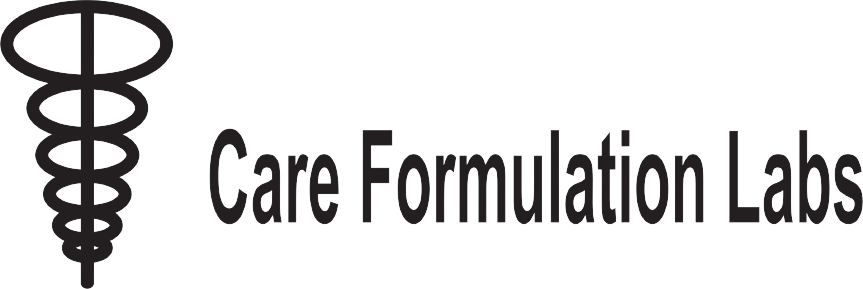
Care Formulation Labs Pvt. Ltd. is providing its services since 2010 fully entered with the aim of distribution and selling of Drugs/Medical products in various medical field like: anti-bacterial, analgesics/antipyretics, anti-malarial, anti-psychotics, anti asthmatic/bronchodilators, diuretics, tranquilizer/hypnotics, anti inflammatory, analgesic/antipyretics, anti inflammatory steroids, herbal, eye/ear drops & many more.
Now M/s. Care Formulation Labs Pvt. Ltd. is engaged in selling and distributing the pharmaceutical products in India & have entered international boundaries as well. An integrated healthcare solutions provider with pharmaceutical product basket, it caters in above 1200 products/medicines.
Read MoreWhat Have We Achieved
Our Category
Why Choose Us?
Innovative Solutions
Unlike other companies that are still into the traditional way of making medicines and rely on old-engineered machines might increase the chance of risk and contamination, we at Care Formulation Labs Pvt. Ltd make sure to provide medicines that are made with the most advanced practices and are tested thoroughly before dispatching.
Affordable
Our mission is to make healthcare accessible to all. We provide affordable medicines because we believe that good health should never be a privilege limited by financial means. Hence you can get all of the medicines at significantly affordable rates.
Research-Backed Medicines
All the medicines that we provide are research-based and the related formulae of that particular medicine are listed on the bottle or the container as well. We do this for the purpose of maintaining transparency with our customers who have the right to know.


















